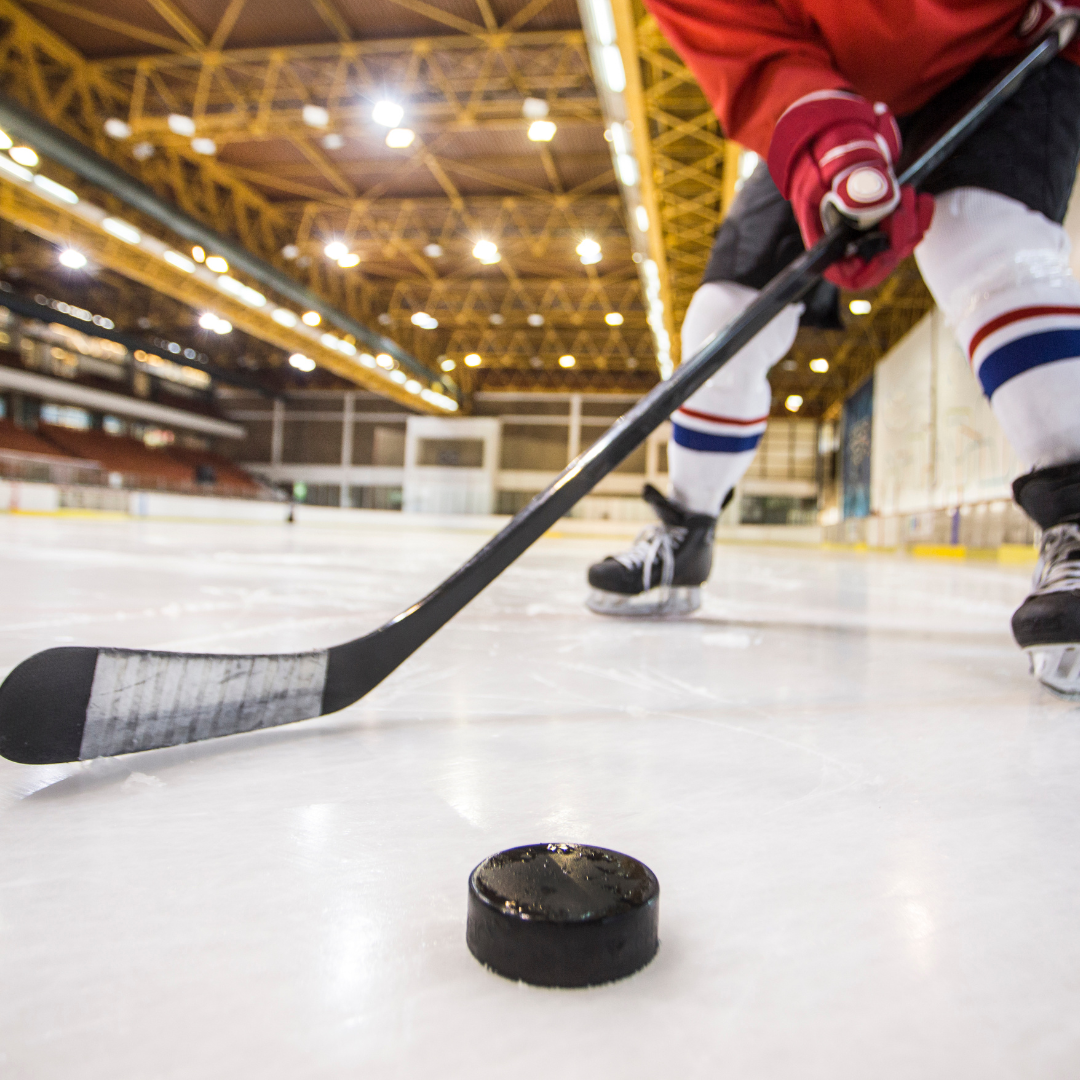Ice Hockey Injury Prevention and Rehabilitation By Greg Crossman DPT
Though youth and high school ice hockey injury rates are relatively low compared to many other sports, injuries do occur. One of the scariest parts of suffering a sports injury, both for the athlete and parent, is not understanding what the injury is and what the prognosis will be. Obviously the exact prognosis will vary depending on the severity of injury and other associated factors, but today I want to review the four most common hockey injuries we see in the PT clinic.
Concussion: This is certainly a hot button topic. Concussions do occur in ice hockey and it’s important to remember that the athlete does not have to lose consciousness to suffer a concussion. Symptoms can be subtle, including dizziness, nausea, lightheadedness, irritability and difficulty concentrating. The athlete should be assessed by a doctor who specializes in concussions. It is also helpful to have baseline neurocognitive testing done, with programs such as ImPACT, to better understand the severity of the concussion and when the athlete is ready to return to activity.
Hip injury: Hip flexor and groin pulls are common with hockey players. The nature of the position they play the game in, basically a squat, and the hockey stride motion leave muscles at risk for strains. Depending on the severity of the injury, a player may get back to playing within a few weeks or it could take several months for a more severe injury. An important note here is that the player often will feel this injury coming on in weeks or even months leading up to injury, but think it’s just a “tweak” and it will go away. Often, if they get treatment in the early stage, it can prevent an injury that causes them to be sidelined for a prolonged time.
Knee injury: These tend to be either contact injuries that occur when the player gets hit on the outside of the knee and injures their MCL, or non contact injuries that occur when they plant and pivot causing ACL or patella subluxation injuries. Again, how long the player will be out depends on the severity of the injury so it is important to get them in to see a sports medicine specialist. An important note here is that even with a mild injury, there can be lingering effects. When a player suffers a knee injury, the muscles around the joint can shut down. This shutting down is done in an effort to protect the joint and keep it from being used. If the player simply rests and returns to play, there can sometimes be some lingering weakness which can lead to a more severe injury in the future.
Shoulder injury: These are often contact injuries, mainly AC joint separations. These are graded on a 1 to 3 scale with a grade 1 being minor which sometimes requires only a few days of rest. A grade 3 is more severe and, in some cases, can require surgery. Again, it’s important to see a sports medicine specialist to be properly diagnosed and treated for this injury.
With any injury, it’s important to be evaluated by the proper medical professional. It’s also important to remember that little things can become big things. Oftentimes, the little “tweaks” lead to much bigger problems down the road, so don’t ignore them.
At Complete Game, we provide youth athletes and active individuals the highest level of care to prevent them from losing valuable playing time or their competitive advantage. Give us a call today at 978-710-7204, or request an appointment on our website at completegamept.com. Also check us out on Facebook and Instagram for some hockey related stretching tips in the upcoming weeks.

